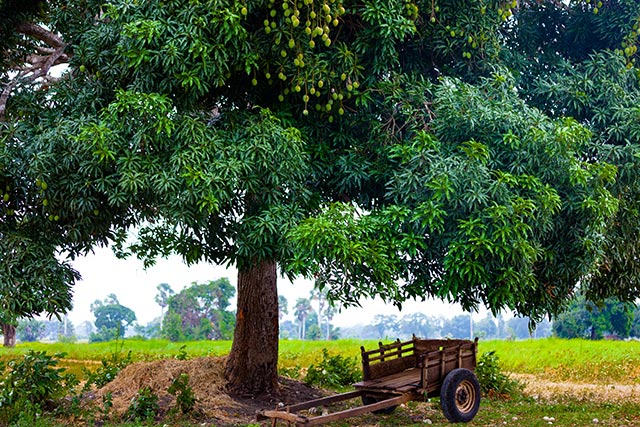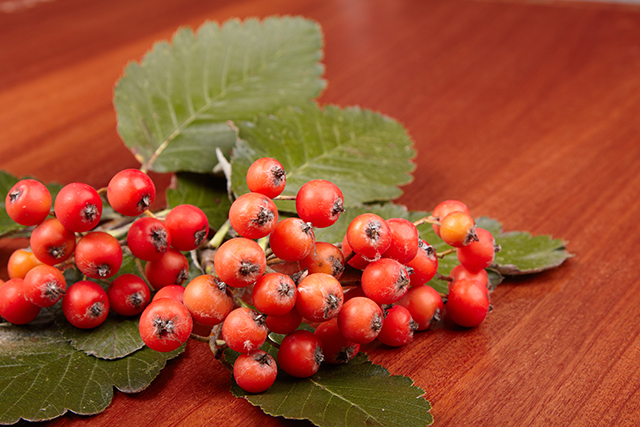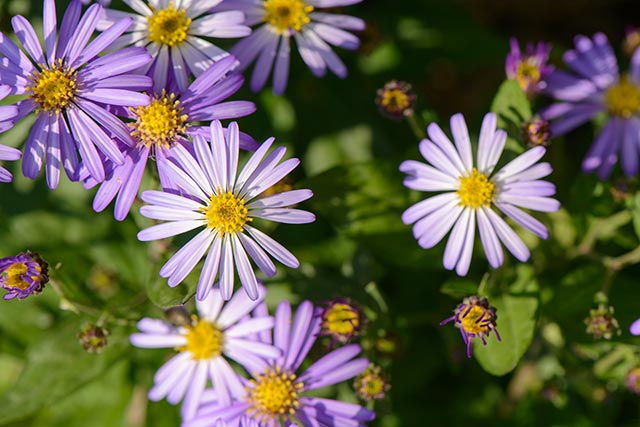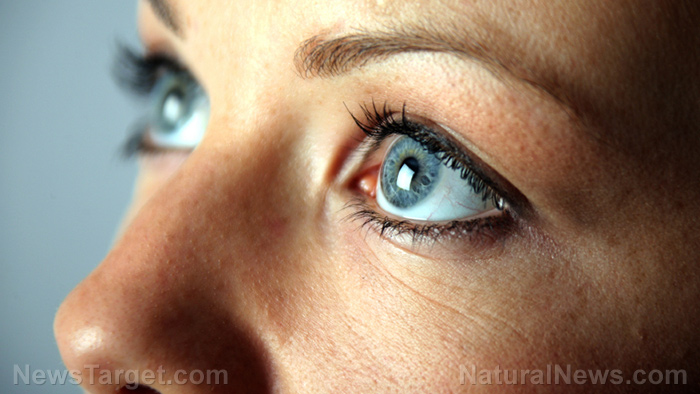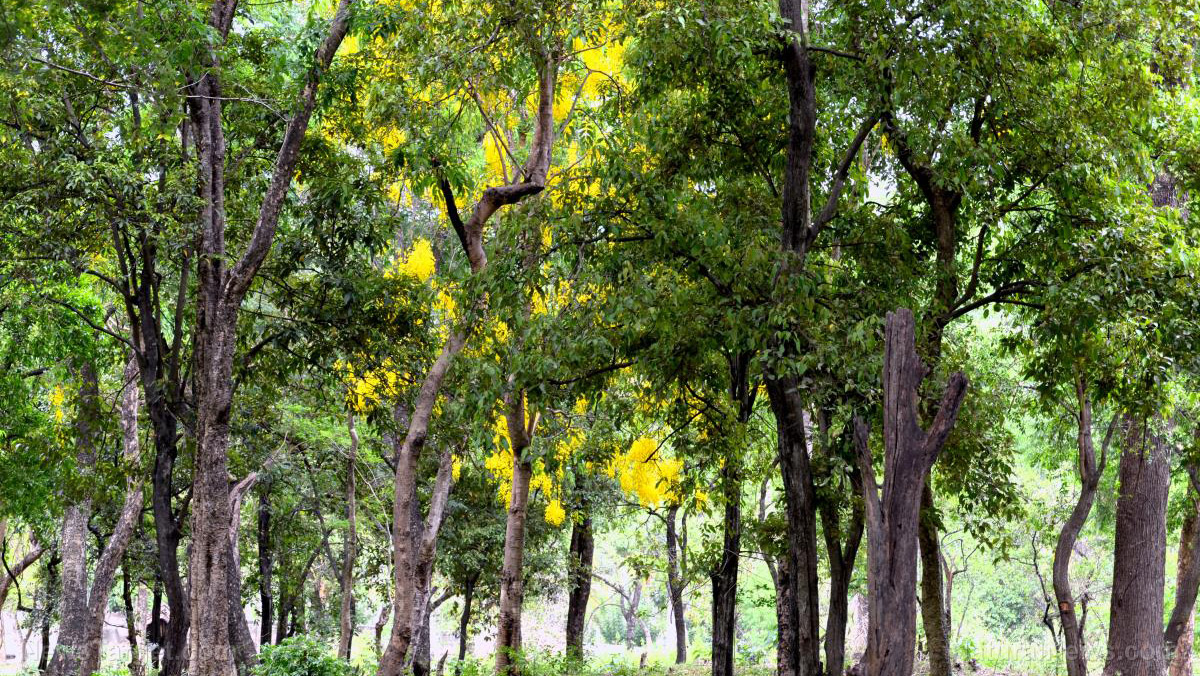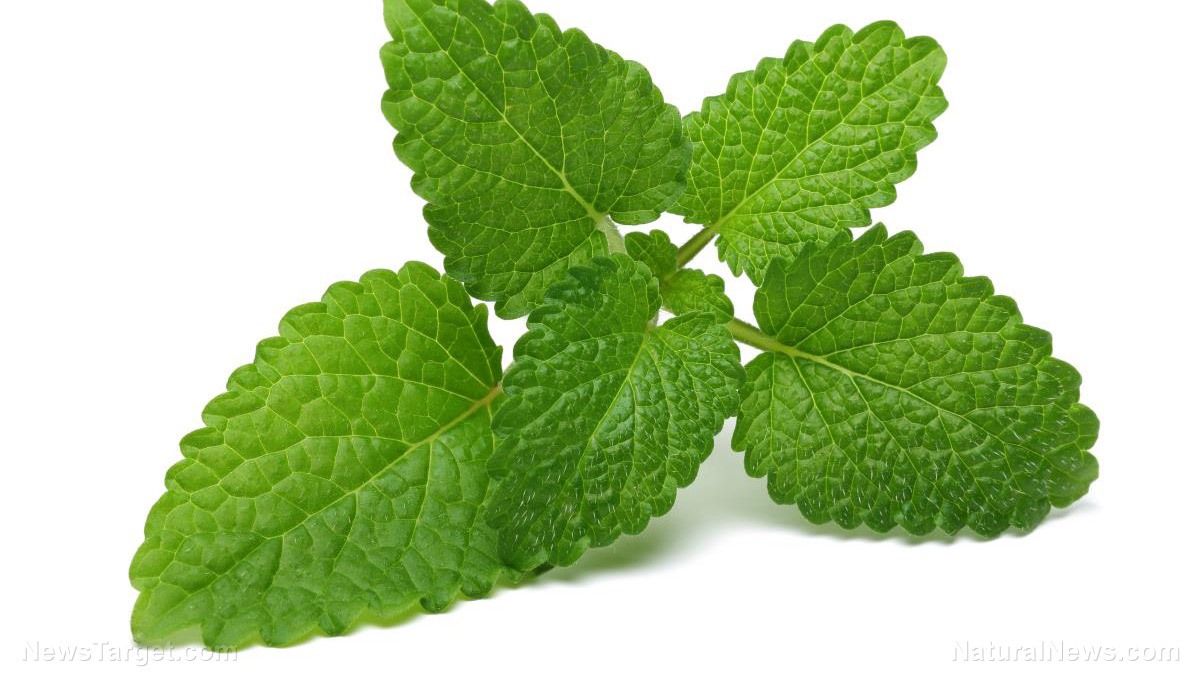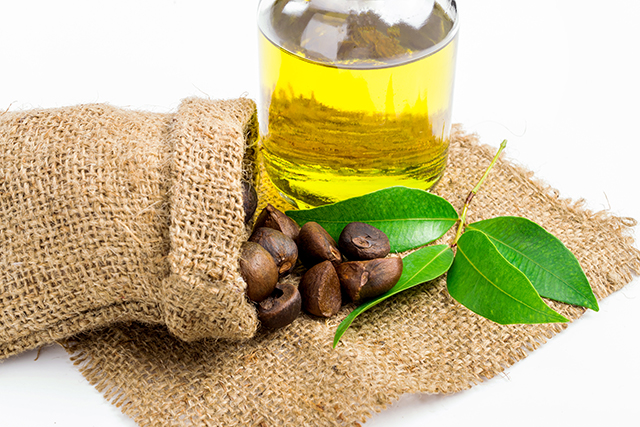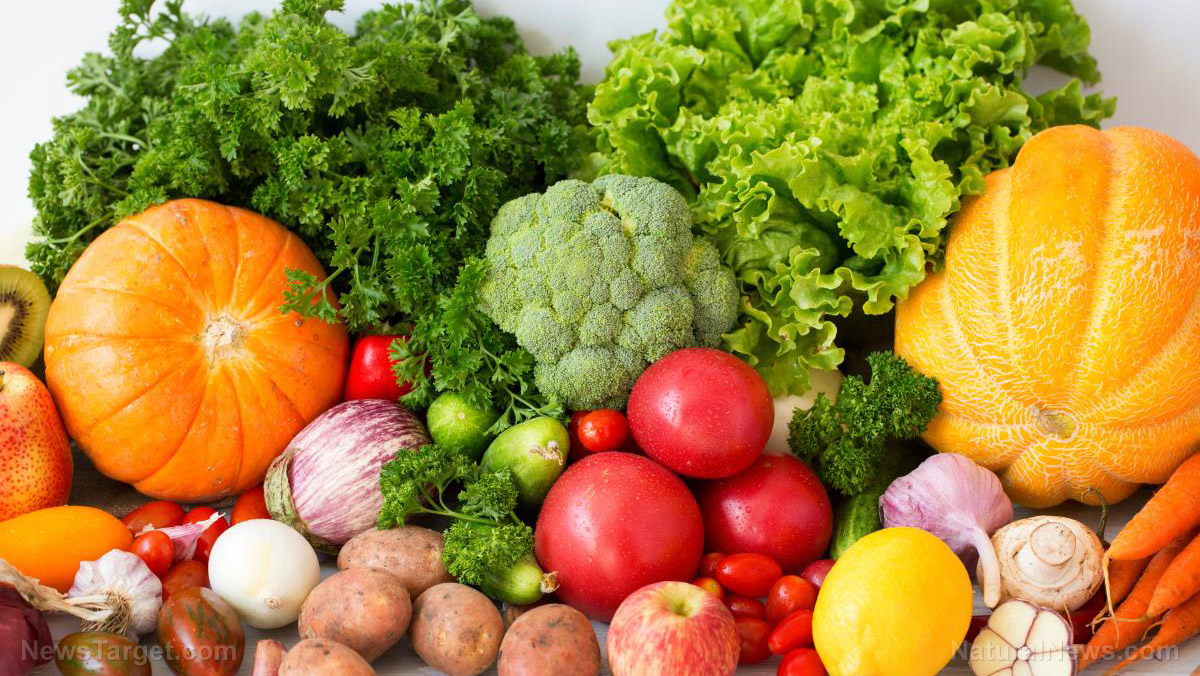The Java brucea, used in traditional Malay medicine, holds potential as a natural remedy for diabetes
08/15/2018 / By Ralph Flores

Researchers from the University of Malaya in Malaysia have found a potential treatment for Type 2 diabetes in the Java brucea (Brucea javanica), a plant commonly found in the Malay Peninsula. In the study, which was published in BMC Complementary and Alternative Medicine, the team evaluated the plant’s anti-diabetic, antioxidant, and anti-inflammatory actions using Type 2 diabetes rat models.
Managing a global problem with regional treatments
Diabetes, of course, is nothing short of a worldwide epidemic. In the U.S. alone, over 30 million people are diagnosed with the condition, with 95 percent of cases being Type 2 diabetes. In particular, Type 2 diabetes occurs when the body cannot properly use insulin, a state referred to as insulin resistance, leading to an increase in blood glucose over time. If the condition is left untreated, this can lead to severe complications such as cardiovascular disease, kidney failure, and even loss of vision. In the study, the researchers addressed the need to find effective treatments to combat the condition, which is expected to affect at least 592 million people worldwide by 2035.
“Potential therapeutic agents that improve the efficiency in controlling T2D [Type 2 diabetes] and retard its related complications are urgently needed,” they wrote in their report.
Indeed, different anti-diabetes medications exist; however, studies have shown that long-term dependency on these can result in harmful side effects. In addition, it can also have an adverse economic impact, with most people failing to get the treatment they need because of its sheer price. In a separate study in the Journal of Traditional and Complementary Medicine, researchers have pointed out two important things: plant-based treatments have been around since the ancient times and continue even today; and, most commercially produced drugs are largely derived from plants.
The team focused on treatments that are not only effective but are cost-effective and readily available. This led them to study the Java brucea, which have been proven in earlier studies to reduce blood sugar in non-diabetic mice. For this study, they sought to determine its effect in rats that have been treated with nicotinamide (NA) and streptozotocin (STZ) to induce diabetes. In particular, STZ is known to damage pancreatic B-cells which produce insulin, while NA is used to partially protect some cells from damage.
To create the extract, Java brucea seeds were oven dried and ground into powder, then extracted with a 95 percent ethanol solvent. The resulting hydroethanolic extract was then fractionated with n-hexane, chloroform, and ethyl acetate. Researchers collected some fractions to undergo different assays to determine its physicochemical properties, anti-diabetes and antioxidant activities, and its ability to inhibit ?-glucosidase and glycogen phosphorylase ?. The two enzymes, in particular, absorb carbohydrates in the small intestine and convert it into glucose, which can be detrimental to people with Type 2 diabetes.
Researchers grouped Sprague Dawley rats into five groups, namely:
- Group I, which served as non-diabetes control
- Group II, which served as diabetic control
- Groups III and IV, which were given an ethyl acetate fraction of Java brucea, at 25 and 50 mg of the fraction per kilogram of body weight in a day (mg/kg/day), respectively
- Group V, which were given glibenclamide, a drug normally used to treat diabetes, at 10 mg/kg/day
The tests ran for four weeks, during which the rats’ body weight and blood glucose were measured weekly. At the end of the tests, the rats were anesthetized and blood samples, as well as organs, were harvested and studied. Researchers evaluated serum insulin, lipid profile, renal function, liver glycogen, and biomarkers of oxidative stress and inflammation from the rats using blood and tissue analysis.
“The EAF [ethyl acetate fraction] showed antihyperglycemic and antioxidant potential, and reduced the levels of pro-inflammatory cytokines in T2D [Type 2 diabetic] rats,” the researchers wrote. In particular, rats that were treated with the fraction exhibited glucose-lowering potential by inhibiting ?-glucosidase and glycogen phosphorylase ? activity, slowing down carbohydrate intake and improving glucose regulation in people with diabetes. EAF-treated rats also exhibited weight loss, which researchers explained as an outcome of the extract’s hypolipidemic effect. The extract also showed potent antioxidant activity, a synergistic effect of its active ingredients para-hydroxybenzoic acid, protocatechuic acid, and gallic acid. Finally, the anti-diabetes activity of EAF was more potent than that of glibenclamide, which has side effects that range from nausea, low blood sugar, to weight gain.
The findings revealed that the Java brucea has the potential to be used to treat Type 2 diabetes – mainly, by slowing down glucose conversion and regulating carbohydrate metabolism and hepatic glucose. These effects could be a result of the synergistic effect of the bioactive ingredients in the seeds, but researchers suggest further studies to accurately identify underlying mechanisms. (Related: Type 2 diabetes diet: What to eat, what to avoid and how to get healthier with every meal.)
Learn more about herbs in your area that you can use to manage Type 2 diabetes by following Herbs.news today.
Sources include:
Tagged Under: alternative medicine, Brucea javanica, diabetes, diabetes treatments, herbal medicine, Herbs, Java brucea, melada pahit, natural cures, natural medicine, remedies, research, Type 2 Diabetes

